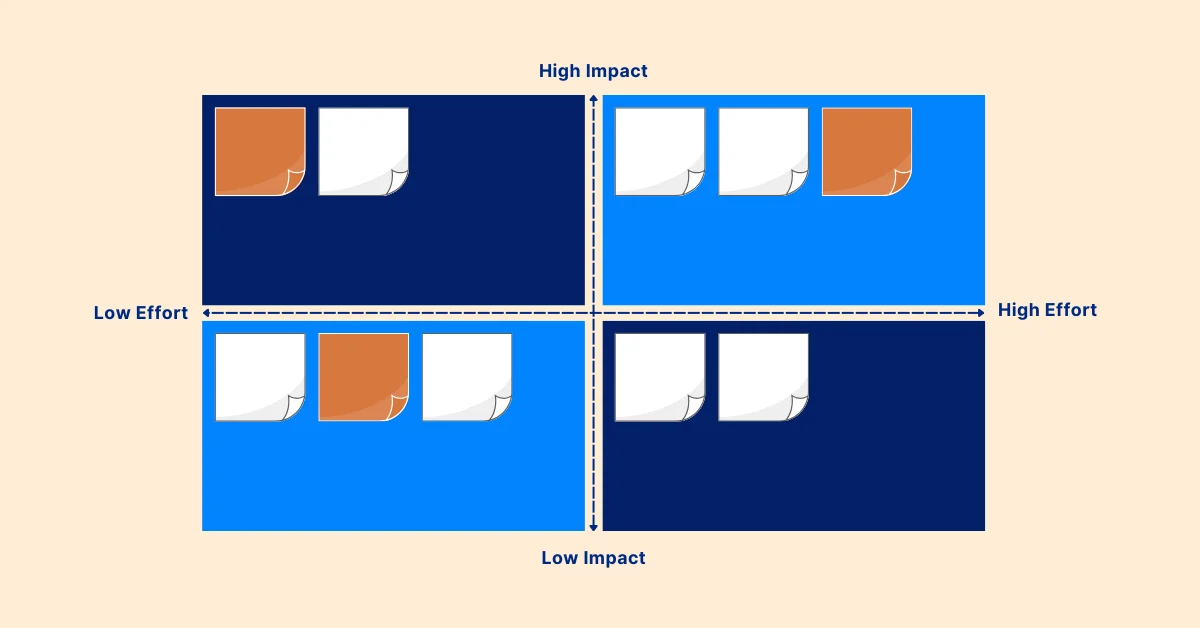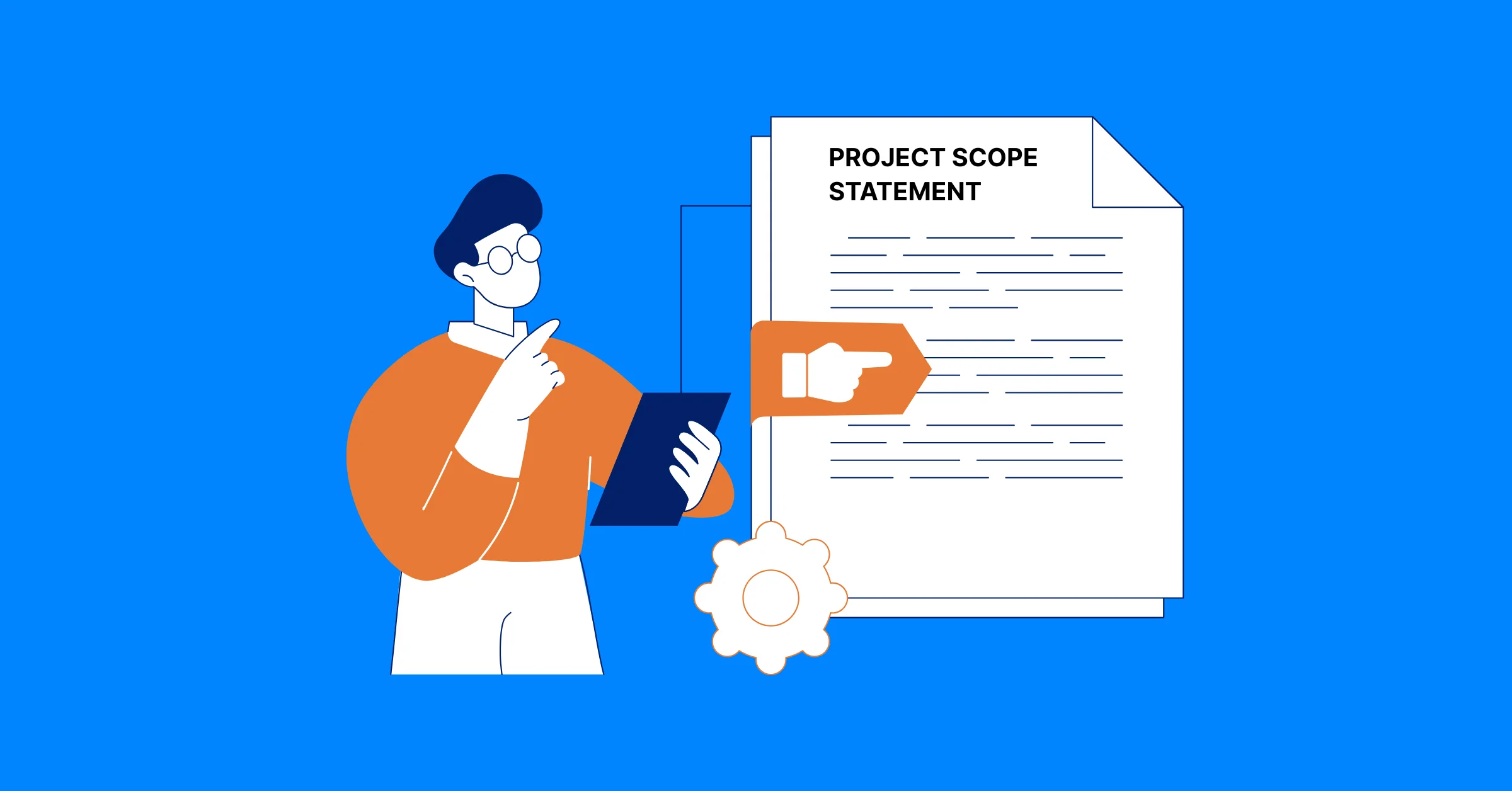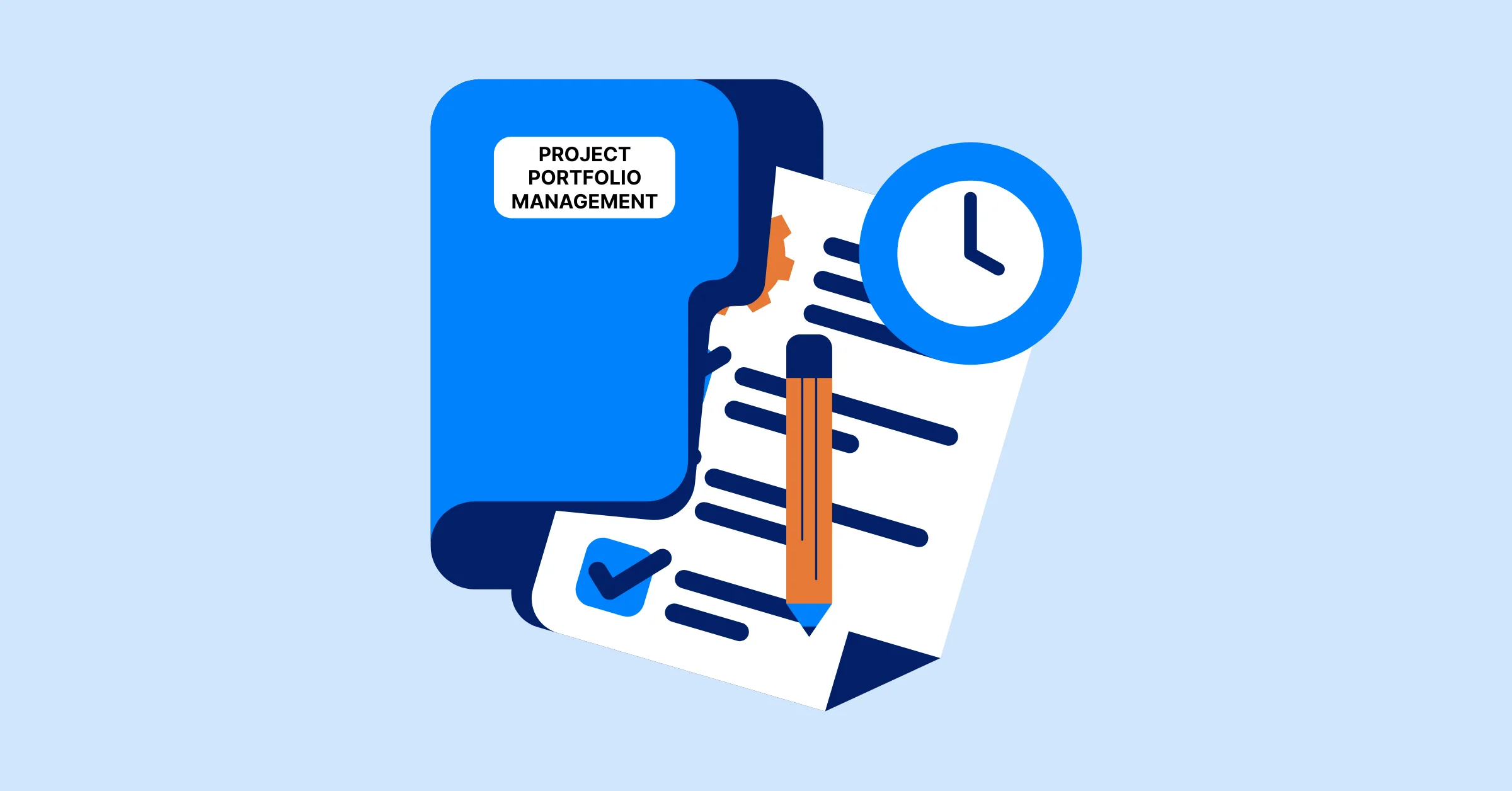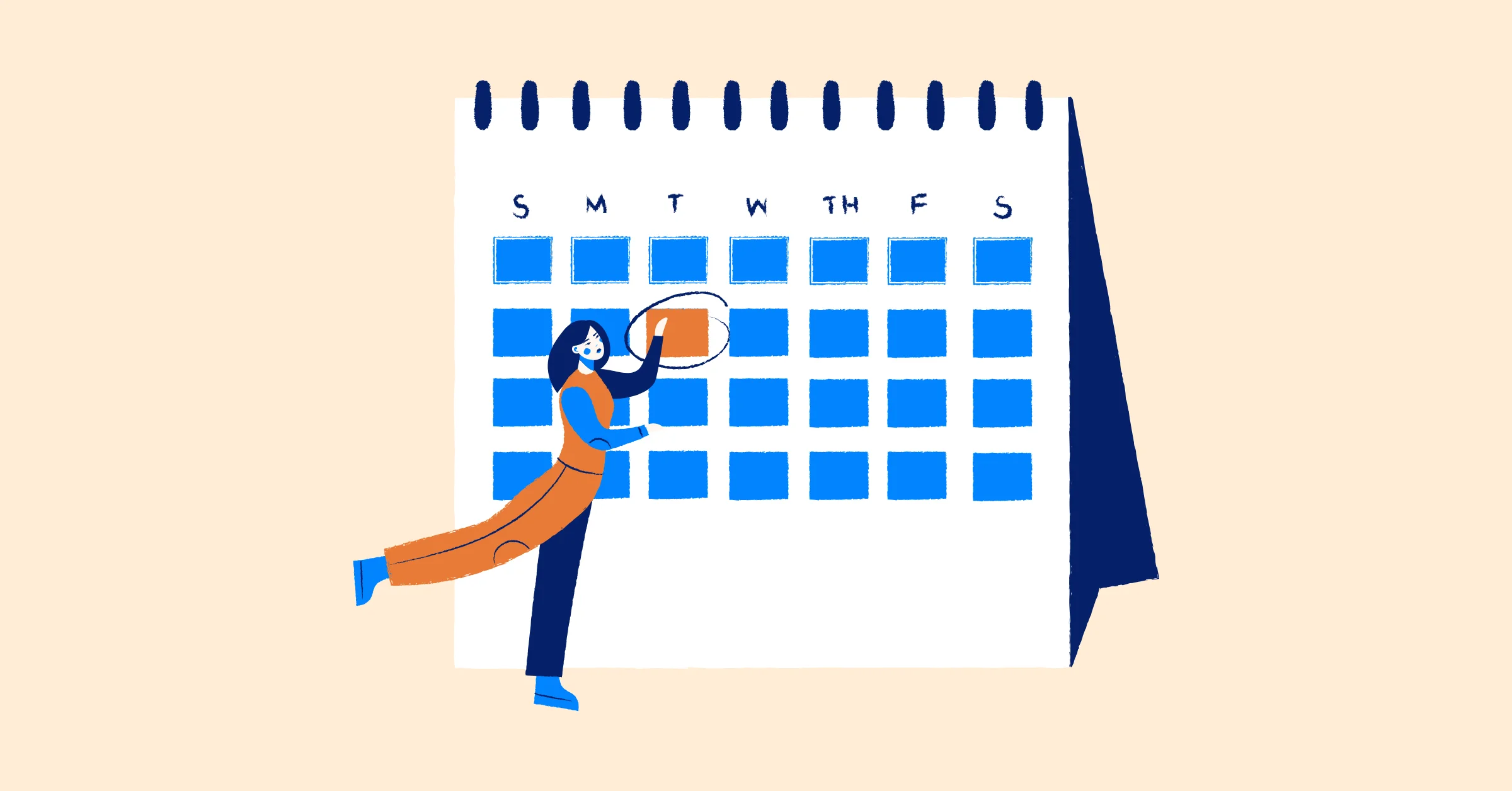Backlog Grooming: What It Is and Why It Matters in Agile
Learn what backlog grooming is, why it’s essential for Agile teams, and how to run effective sessions to keep your backlog organized and ready for sprints.
In Agile teams, it’s easy to get caught up in the pace of sprint cycles, daily standups, and shipping features. But behind every successful sprint lies a well-maintained product backlog — and that’s where backlog grooming comes in.
Also known as backlog refinement, this practice might not be the flashiest part of Agile, but it’s one of the most essential. When done right, it keeps your team aligned, focused, and prepared, without the last-minute scramble.
In this post, we’ll break down what backlog grooming is, why it matters, who’s involved, and how to run effective grooming sessions that actually save your team time (instead of adding more meetings to the calendar). Whether you’re a product owner, developer, or team lead, there’s something here to help you keep your backlog working for your team, not against it.
What Is Backlog Grooming?
Backlog grooming, also known as backlog refinement, is the ongoing process of reviewing, organizing, and updating your product backlog to ensure it remains relevant, clear, and prioritized.
Think of it as routine maintenance for your Agile workflow. Just like a cluttered workspace can slow you down, an unorganized backlog can lead to confusion, delays, and misaligned priorities.
During a grooming session, the team revisits user stories and tasks to:
- Clarify any missing or vague requirements
- Break down large items into smaller, actionable pieces
- Estimate effort or complexity
- Reorder based on changing priorities
- Remove outdated or irrelevant items
The goal? To keep the backlog lean, actionable, and ready for development—so the team isn’t scrambling during sprint planning or wasting time on unclear work.
It’s not about perfection. It’s about keeping the backlog in just enough shape to support the team’s next steps.
💡 Not sure what a backlog is in the first place? Check out our What Is a Backlog? guide to get started.
Why Backlog Grooming Matters in Agile Teams
It’s easy to assume the product backlog can take care of itself—but without regular attention, it quickly becomes bloated, outdated, and confusing. That’s where backlog grooming steps in.
Want to get a broader understanding of how backlog grooming fits into Agile overall? Check out our Agile Project Management guide for insights into the core principles, roles, and processes that make Agile teams thrive.
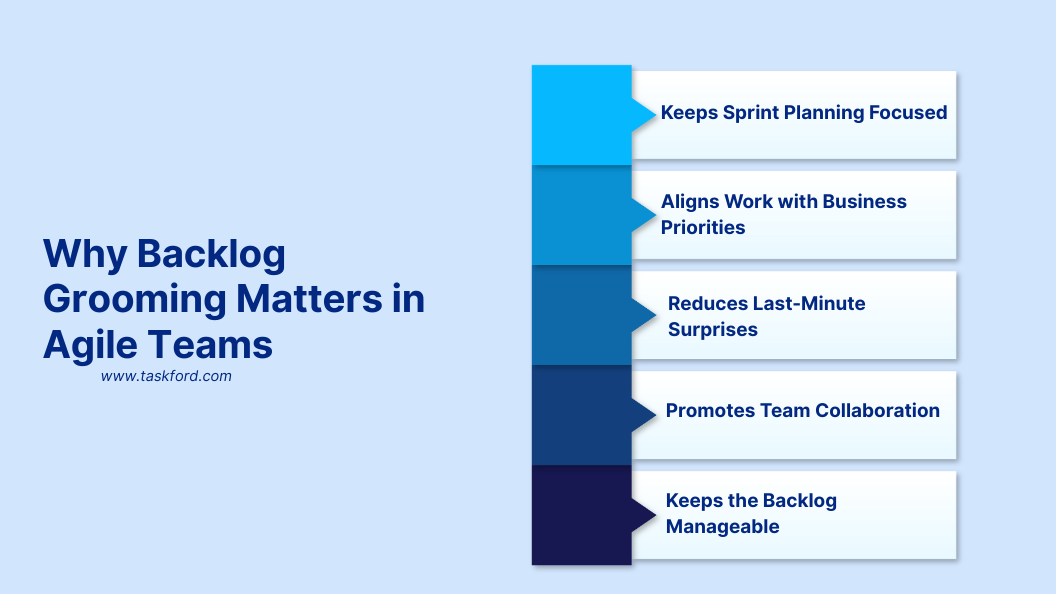
Here’s why grooming makes a real difference for Agile teams:
✅ Keeps Sprint Planning Focused
Grooming clears the path for sprint planning. With well-defined and prioritized items already in place, the team can jump straight into selecting work—rather than untangling vague or messy stories.
✅ Aligns Work with Business Priorities
Grooming helps the team stay aligned with what's most valuable to the business. Priorities can shift quickly, and grooming sessions ensure the backlog reflects the latest goals, feedback, or changes in direction.
✅ Reduces Last-Minute Surprises
By reviewing and clarifying work ahead of time, teams avoid scrambling during sprint planning or mid-sprint when something turns out to be unclear or misestimated.
✅ Promotes Team Collaboration
Grooming isn't just a product owner task; it’s a space for developers, designers, and others to share input, ask questions, and flag dependencies early. That shared understanding leads to better outcomes.
✅ Keeps the Backlog Manageable
Without grooming, the backlog can easily become a long list of ideas, duplicates, and outdated tickets. Regular refinement keeps it clean, purposeful, and usable.
In short, backlog grooming helps Agile teams stay ready, aligned, and efficient — without the chaos of trying to plan work that isn’t clear or relevant.
What Happens During a Backlog Grooming Session?
A backlog grooming session is a collaborative working meeting where the product team reviews the product backlog and ensures that the highest-priority items are well-defined, estimated, and ready for the upcoming sprint(s). It’s not about tackling the entire backlog—just the most important slice of it.
Want to learn more about managing work in the sprint itself? Check out our Sprint Backlogs article to explore how to effectively prioritize and manage the tasks once the grooming is done.
Here’s a closer look at what typically happens during grooming:
1. Review and Discuss Existing Backlog Items
The team starts by looking at the top items in the backlog, usually the ones that might be pulled into the next sprint. The product owner explains the business context or user need behind each item. This helps the team understand why it matters, and whether anything has changed since it was first added.
Goal: Make sure the story still makes sense and is aligned with current priorities.
2. Break Down Large or Vague Items
Sometimes a backlog item is too big to estimate or complete in a single sprint; these are often epics or high-level ideas. During grooming, the team works together to split these into smaller, more manageable user stories or tasks.
Example: An epic like “Build onboarding flow” might be broken down into:
- Design account creation screen
- Implement email verification
- Add user progress tracking
Goal: Turn vague or oversized ideas into clear, actionable work.
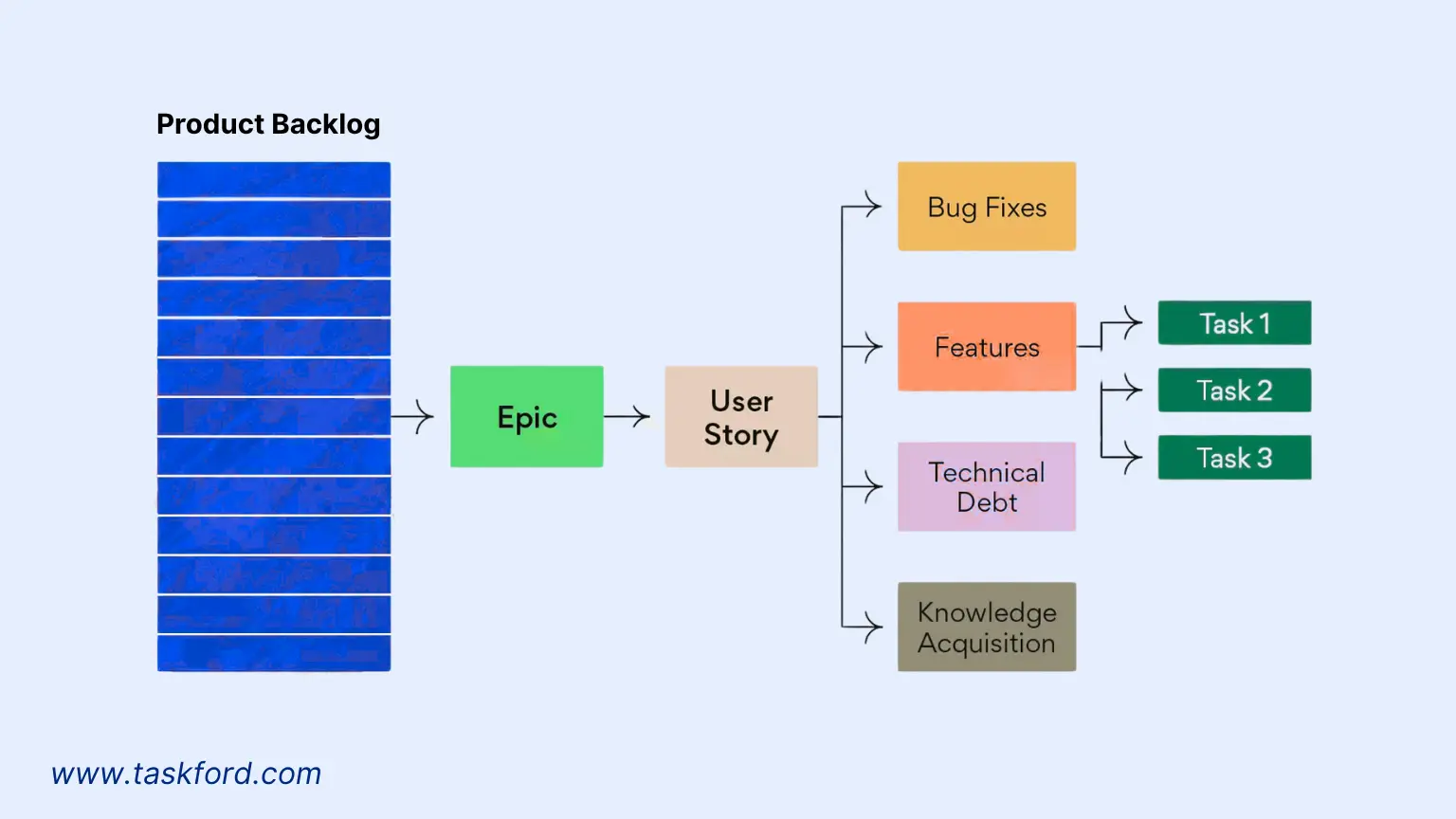
3. Clarify Requirements and Acceptance Criteria
This is where the team can ask questions:
- What exactly needs to be done?
- Are there any edge cases?
- What’s considered “done” for this item?
The product owner (or whoever added the item) provides clarification and adds missing details, especially acceptance criteria that define how the team will know the work is complete.
Goal: Remove ambiguity and avoid confusion during development.
4. Estimate Effort
Once the team understands a story, they estimate the level of effort required, often using story points or time-based estimates. Estimation plays a crucial role in planning and helps the team identify complex or risky work early.
Estimation helps the team:
- Gauge sprint capacity
- Spot work that may be riskier than it looks
- Make trade-offs if too many high-effort items are competing for space
Goal: Provide consistent effort sizing to help with planning.
5. Reorder Items by Priority
Backlog grooming also involves reprioritizing work. Business needs evolve, so what was urgent two weeks ago might no longer be the top priority.
The product owner may reorder stories based on:
- Customer feedback
- Technical dependencies
- Release goals
- Team capacity or constraints
Goal: Ensure the top of the backlog reflects the team’s next best move.
6. Clean Up the Backlog
Over time, backlogs can become cluttered with old ideas, duplicates, or tickets that no longer reflect real needs. Grooming is a chance to clean house, archiving or removing anything that no longer serves the team.
Goal: Keep the backlog lean, relevant, and easy to work with.
A well-run grooming session gives the team confidence going into sprint planning. There’s less guessing, less debate, and more momentum, because the work has already been discussed, refined, and prepared.
Who Runs Backlog Refirement Sessions – and Why?
While backlog refinement is a shared team activity, it's typically led by the Product Owner with support from the Scrum Master and active input from the development team.
Let’s break down how responsibilities usually play out:
1. Product Owner – Leads the Session
The Product Owner (PO) is the person most responsible for keeping the backlog in shape. They decide what gets discussed and make sure the top-priority items are ready to be refined.
They’re responsible for:
- Setting the agenda (which items to review)
- Providing business context and goals
- Clarifying requirements and user needs
- Updating priorities based on new insights
Why? Because the PO owns the backlog, backlog refinement ensures it's always aligned with what delivers the most value.
2. Scrum Master – Facilitates, if Needed
In Scrum teams, the Scrum Master may act as a facilitator, especially if the session starts to drift or run long. Their role is to support the team, not to direct content.
They help by:
- Keeping the session focused and time-boxed
- Encouraging team participation
- Helping remove blockers or confusion
- Reinforcing Agile methodology
Why? A good Scrum Master ensures the session stays effective without turning into a second sprint planning meeting.
Learn more: Scrum Master vs Project Manager: How These Roles Align and Differ in Agile Projects
3. The Team – Actively Participates
While the Product Owner leads, the session only works if the whole team is engaged. Developers, designers, and QA provide the insights needed to make backlog items ready for implementation.
They contribute by:
- Asking clarifying questions
- Estimating effort
- Identifying technical dependencies or risks
- Suggesting how to break down or restructure work
Why? The people doing the work need to understand it and help shape it. Their input leads to better, more accurate backlog items.
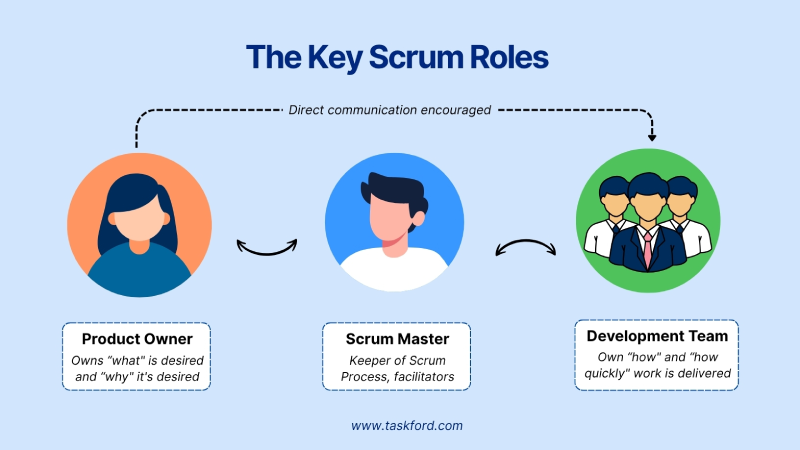
When and How Often Should Grooming Happen?
There’s no one-size-fits-all rule for how often backlog grooming should happen, but the key is to do it consistently and just in time. The goal is to keep the top of the backlog clear, refined, and ready before sprint planning begins, not after.
When Should Backlog Grooming Happen?
- Mid-Sprint: Hold sessions midway through a sprint (e.g., day 5 of a 2-week sprint) to reflect on progress and prep for the next sprint without clashing with planning or reviews.
- Pre-Sprint Planning: Schedule grooming 2–3 days before sprint planning to ensure a prioritized, clear backlog. For example, groom on Thursday for a Monday planning session.
- Avoid Sprint Edges: Skip the start (busy with new tasks) or end (focused on reviews) of a sprint to keep grooming focused.
How Often Should Grooming Happen?
- Every Sprint: For 1–2 week sprints, one 45–60-minute session per sprint works well for most Scrum teams.
- Biweekly: For longer sprints (3–4 weeks), groom every two weeks to keep the backlog current.
- Weekly: Complex or fast-changing projects may need weekly 30–45-minute sessions to stay responsive.
- Continuous (Kanban): In Kanban, refine as needed, often in short bursts during daily standups.
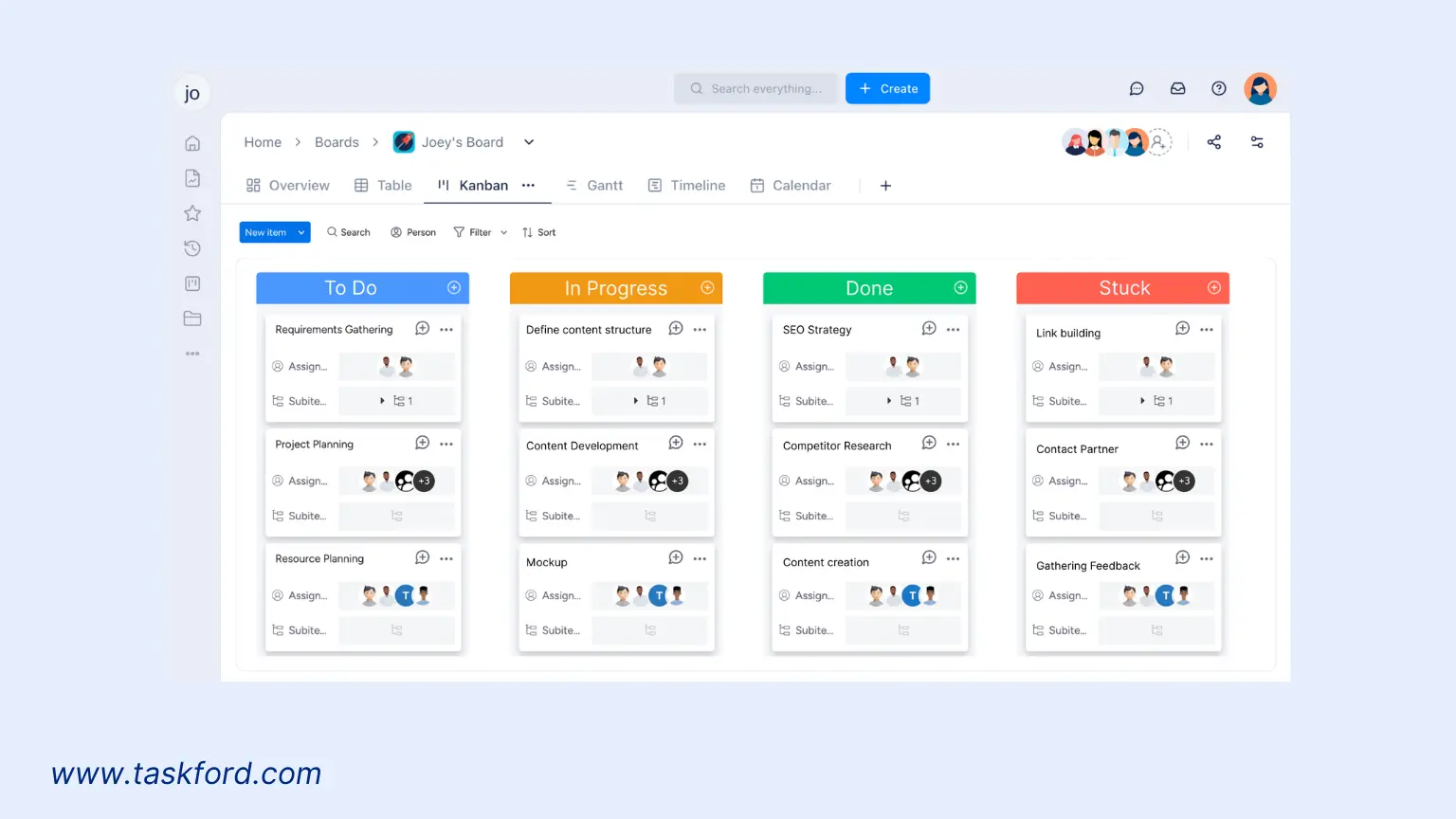
Tips for Running an Effective Backlog Grooming
Backlog grooming is crucial for Agile success, but it’s easy for sessions to become unfocused or inefficient. To get the most out of your grooming meetings, try these tips to keep things on track and productive.
1. Prepare in Advance
The Product Owner should come to the session with a prioritized list and necessary context. Team members should review items beforehand to avoid wasting time on unclear or misunderstood tasks.
2. Time-Box the Session
Keep grooming sessions 30–60 minutes long to maintain focus and prevent burnout. Time-boxing ensures the session stays productive and efficient.
3. Encourage Team Participation
Grooming is a collaborative activity; ensure everyone, from developers to designers to QA, actively contributes by asking questions and offering insights.
4. Focus on Top-Priority Items
Don’t try to groom the entire backlog in one session. Instead, focus on the top-priority items that will likely be pulled into the next sprint or two. Keep grooming sessions lean and relevant to what the team needs in the short term.
5. Break Down Large or Complex Stories
Large items or “epics” should never be left in the backlog without being broken down into smaller, more manageable user stories. If an item feels too big to complete in a sprint, it needs to be divided into smaller chunks.
Final Thoughts
Backlog grooming is a crucial part of maintaining an effective Agile process. When done right, it ensures that your team has a clear, prioritized, and actionable backlog, enabling smoother sprint planning and better collaboration. By consistently refining and updating your backlog, you keep your work aligned with business priorities, reduce last-minute surprises, and keep the team focused on delivering high-value tasks.
Whether you’re a product owner, developer, or team lead, mastering backlog grooming will help your team stay organized, efficient, and prepared—without the chaos of unclear requirements or messy planning. So, invest the time to regularly refine your backlog, and you’ll see the payoff in smoother sprints and more focused, productive teams.
Continue Reading
Project Management Guide A Beginner’s Comprehensive Guide 2025
What is a Gantt Chart Everything you need to know in 2025
Gantt Chart vs Kanban Which one is better for your Team's Workflow
Making work simpler,
smarter, and more connected
Join our waitlist and be notified first.

Related Blog
Subscribe for Expert Tips
Unlock expert insights and stay ahead with TaskFord. Sign up now to receive valuable tips, strategies, and updates directly in your inbox.


